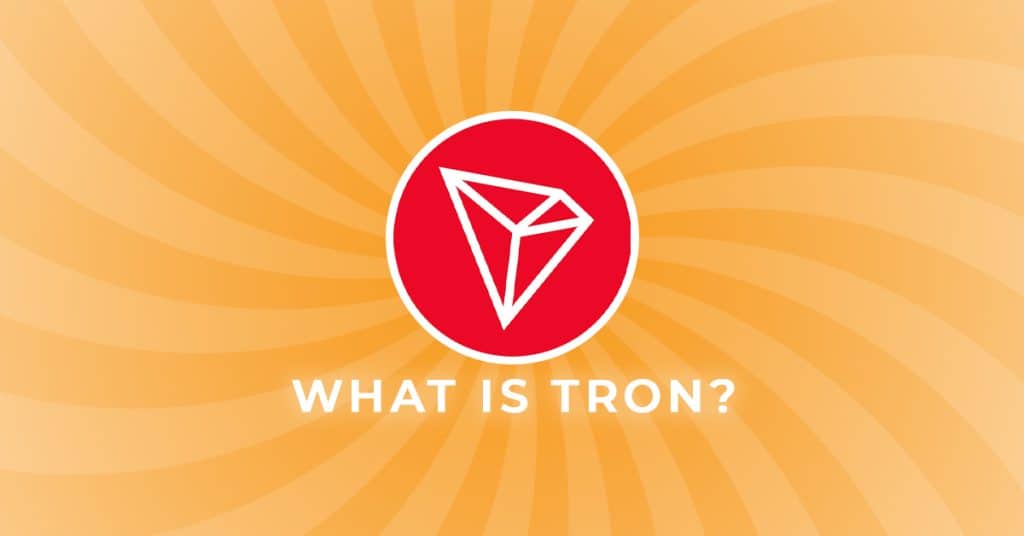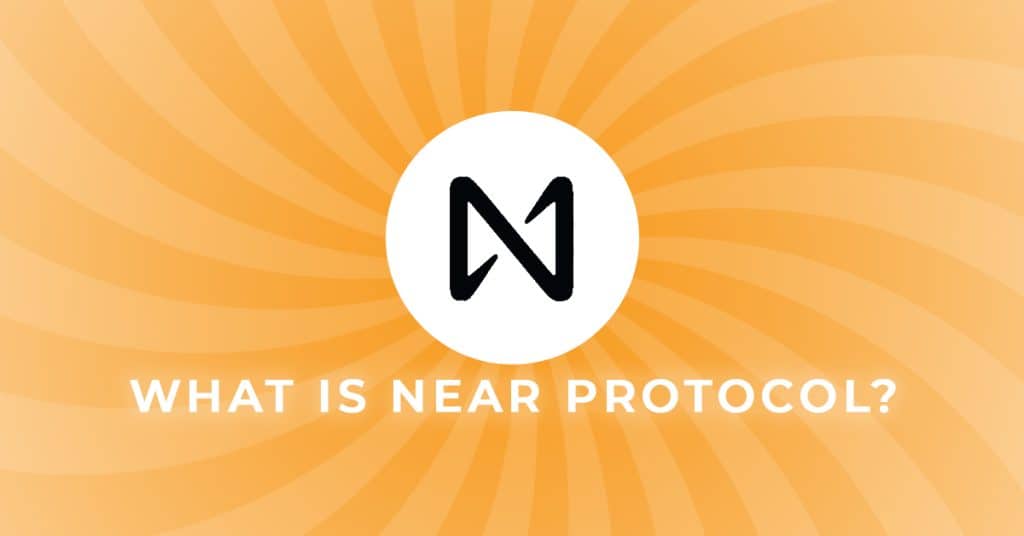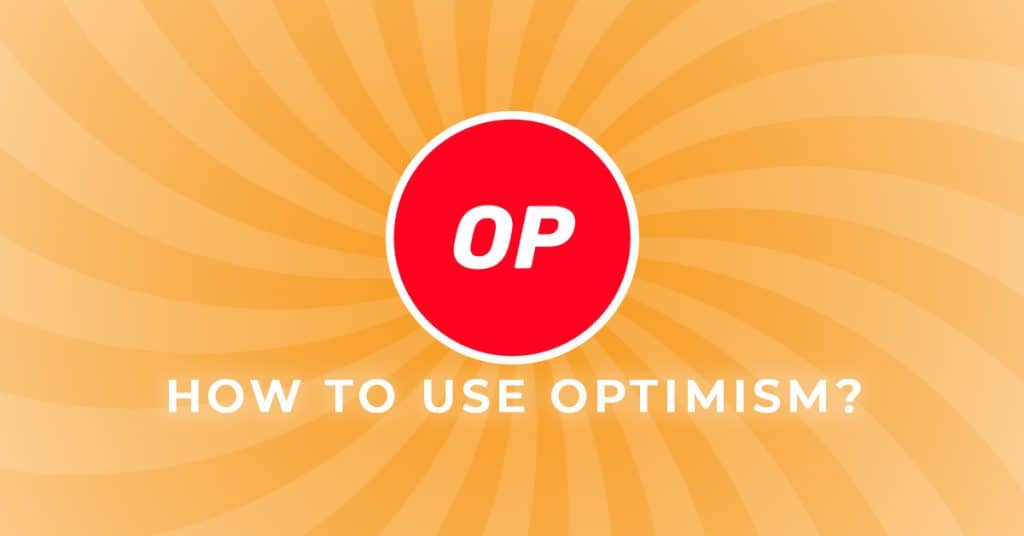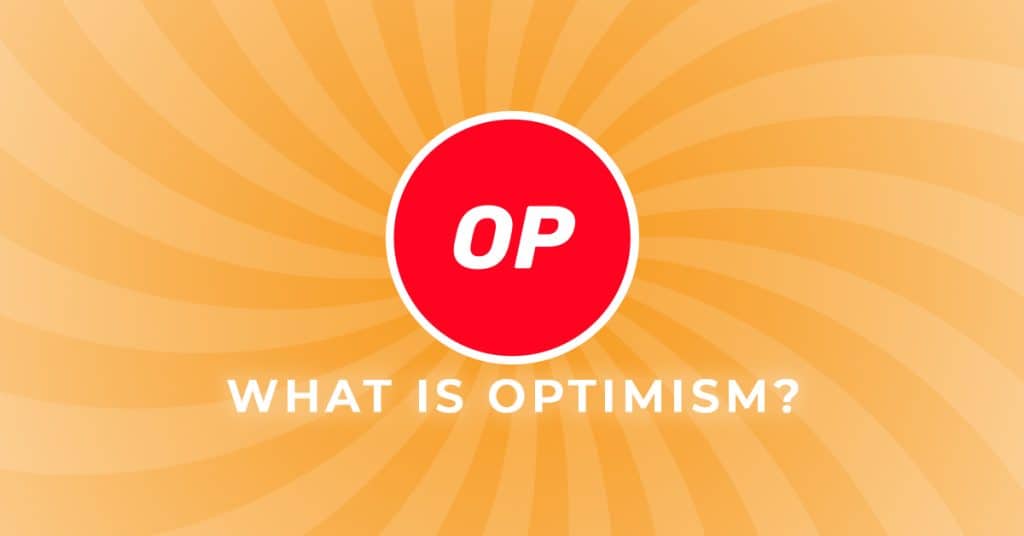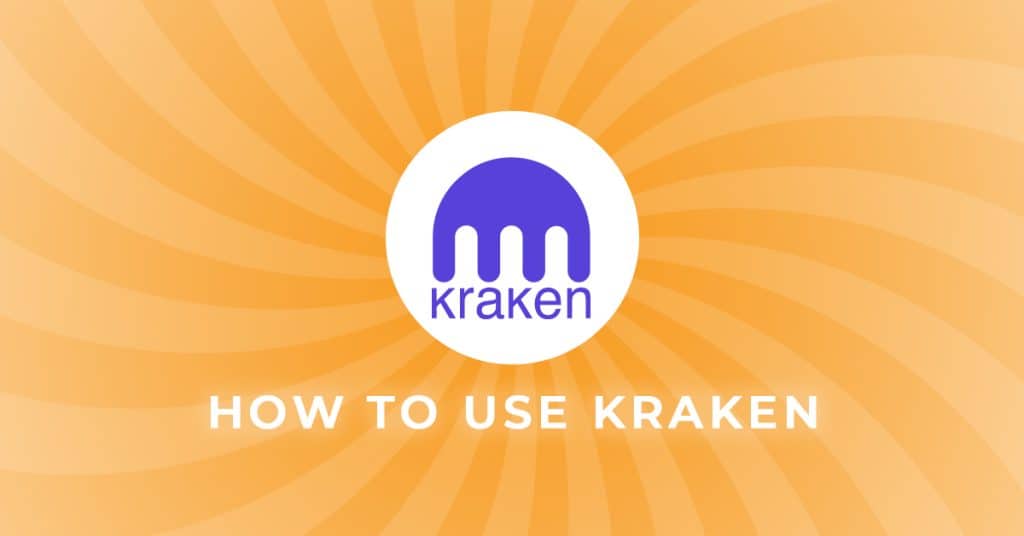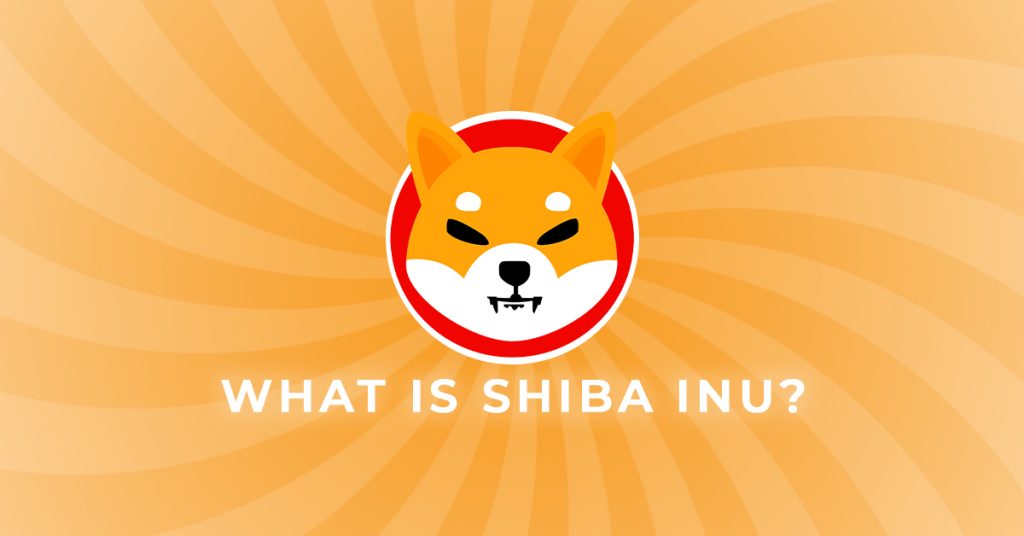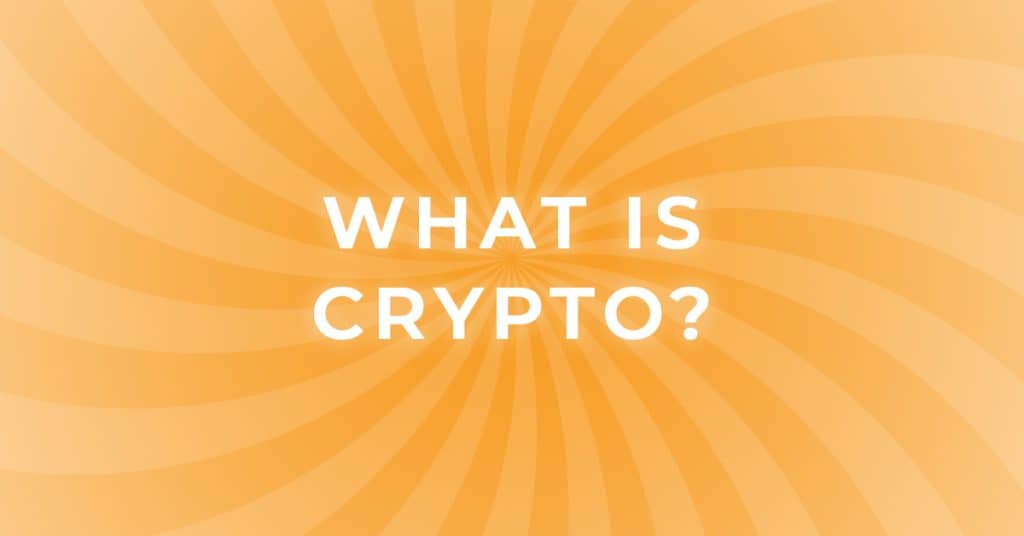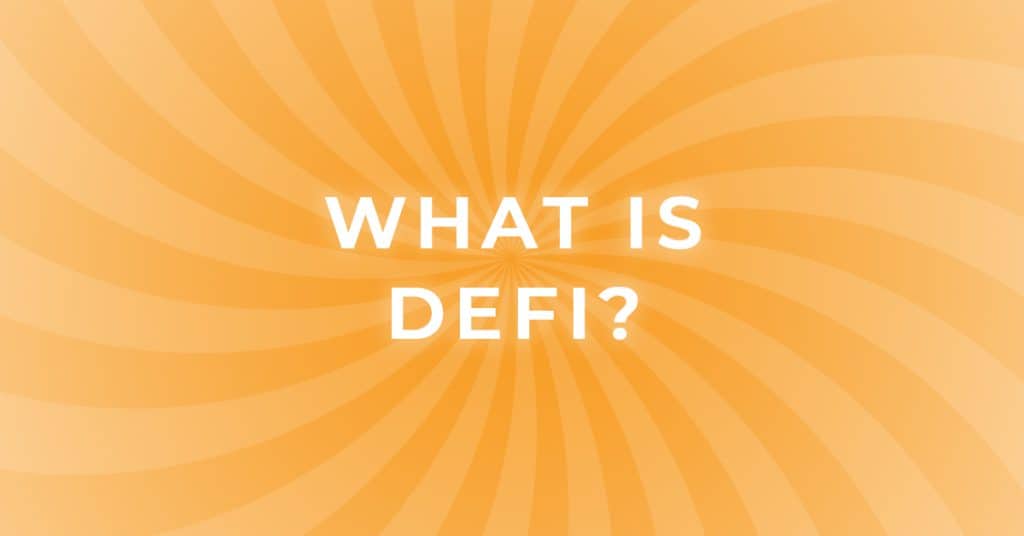What is Bitcoin? | Bitcoin Explained for Beginners
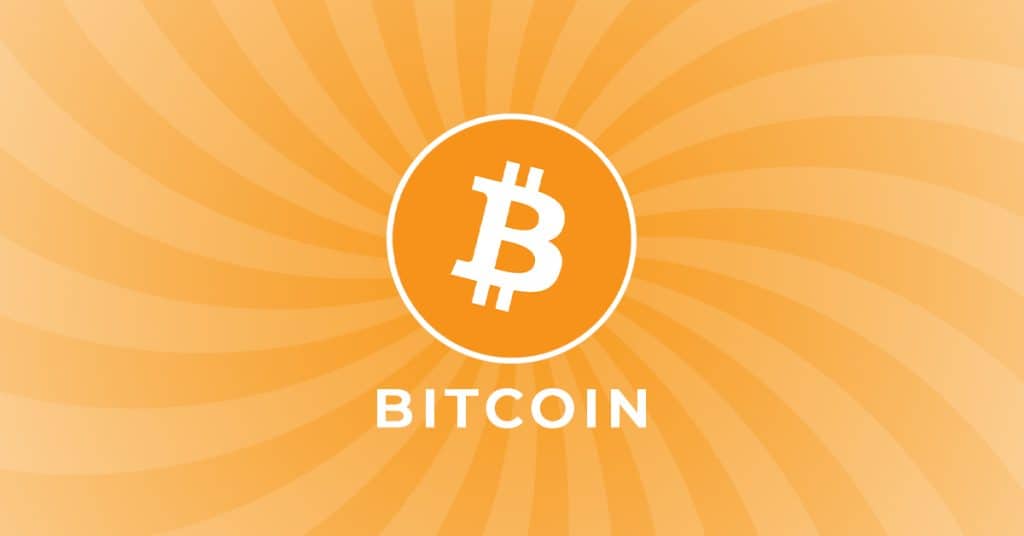
What is Bitcoin?
Bitcoin is a decentralized digital currency that enables instant payments to anyone, anywhere in the world. It uses peer-to-peer blockchain technology to operate with no centralized authority. The Bitcoin Network uses digital signatures and cryptography to update this ledger of accounts, verifying each transaction to be valid and true. This revolutionary technology began development in 2008 by an individual or group of individuals under the pseudonym Satoshi Nakamoto.
Unlike paper money that has an unlimited supply, bitcoin has a scarce supply of exactly 21 Million $BTC while also being resistant to counterfeiting. This makes it a great alternative to gold and other more inflationary means of storing value.
Bitcoin is borderless, meaning no matter where you are located in the world you can always buy, sell, trade, and store $BTC. While Bitcoin wasn’t designed specifically for global commerce, the “Layer 2” “Lightning Network” technology has recently added this feature to Bitcoin
What Makes Bitcoin So Unique?
Every $BTC represents a unit of currency on the Bitcoin Network. This Bitcoin Network is the technology that stores and transfers $BTC. This makes Bitcoin both a payment system and a money, a feature that no money in the history of mankind has ever had.
The specific role Bitcoin will play in the future of commerce is still under debate. Its development however is being designed by you, as both proponents and beneficiaries of its growth. To that end, Bitcoin in theory can be whatever the world will need it to be. For most, it’s a simple way to store the sweat from your brow.
As Michael Saylor puts it best, “Bitcoin is mankind’s best technology for storing monetary energy across time.” Bitcoin in that regard is best described as the future of money, with the ability to store our planet’s labor across time and space. $BTC is divisible into fractions known as Satoshi’s enabling a single $BTC to be divided among infinite individuals.
Why is Bitcoin “Sound Money”
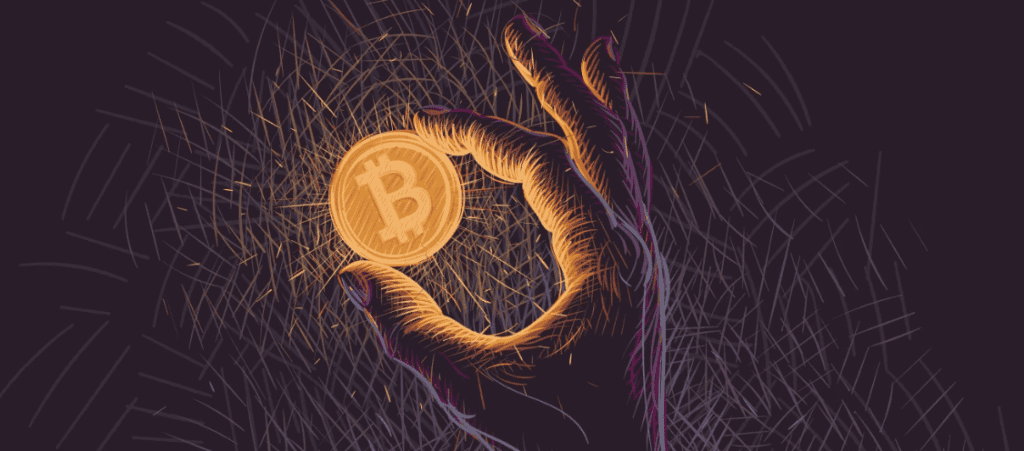
Over many years the idea of money has changed dramatically. Money is considered “Sound Money” when its value is stable, enabling it to perform its functions as a medium of exchange, a unit of account, and a store of value. Sound money creates security and trust, which in turn promotes social harmony and cohesion.
Fiat money most commonly referred to as paper money differs from sound money because it’s issued and diluted by governments and private entities. This can be confusing at first because the title “Federal Reserve” implies there’s government involvement and regulation. However, it’s actually centralized banking institutions that make up the rules for how paper money works, in collaboration with other private banks.
Sound paper money did exist in prior years. This gold-backed paper money held value because an individual could take this to a government treasury and exchange it for its face value in gold or silver. This gave money a steady value backed by the economy of a nation. In other words, the more prosperous a nation becomes, the more those who build it benefit financially. With people in a nation able to retain some control by voting on a country’s monetary policies.
What’s Wrong with Fiat Money?
Paper money detached from this backed format long ago as the face value of money continually exceeds its commodity value. This new system of endless money printing caused massive global inflation of the money supply. The hard labor of nations continues to be stolen this way by those issuing money. Fiat money currently has value because we accept it as a means of payment with each other. However, the value of paper money itself lessens every day. For every new Dollar, Euro, Yen, or Ruble printed by banks. All existing paper money for that currency is devalued. To learn more about theft by inflation there’s a fantastic collection of charts to illustrate a clear divergence from Sound Money in WTFHappenedin1971.
Bitcoin vs the Banks
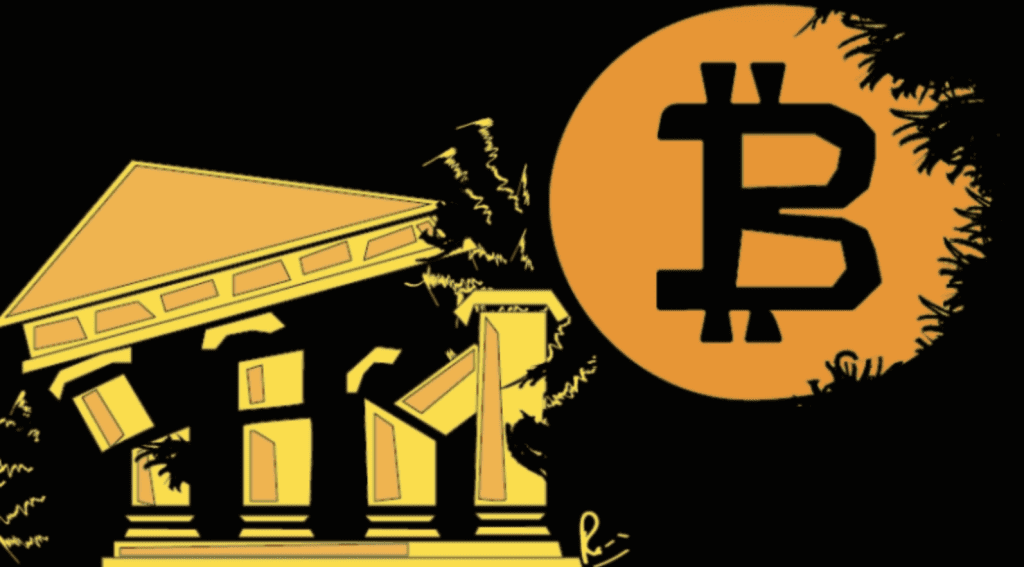
As our world becomes increasingly digital. Bitcoin is the perfect design for storing and transferring that value between two parties. When email was introduced as a digital means of communication, it became clear to everyone who used it that email provided a more efficient and less expensive method of communication than sending a letter in the mail.
To counteract this threat, postal services created smear campaigns to deter anyone from using email, through fear of security risks. Something everyone knows now to be a complete fallacy.
Bitcoin faces the same opposition. Those in fear of it are the banks who want to stay in control of monetary policy. Just like postal services couldn’t control email, banks can’t control Bitcoin. Having tried for over a decade to destroy Bitcoin, the banks have learned there’s no central point of failure to exploit. The only thing they can exploit for control is the public image of Bitcoin. Central banks will soon begin to issue their own digital currencies using this technology created by Bitcoin. Making it even easier for the world to understand the value of Bitcoin as the scarcest non-confiscatable and censorship-resistant money in existence.

